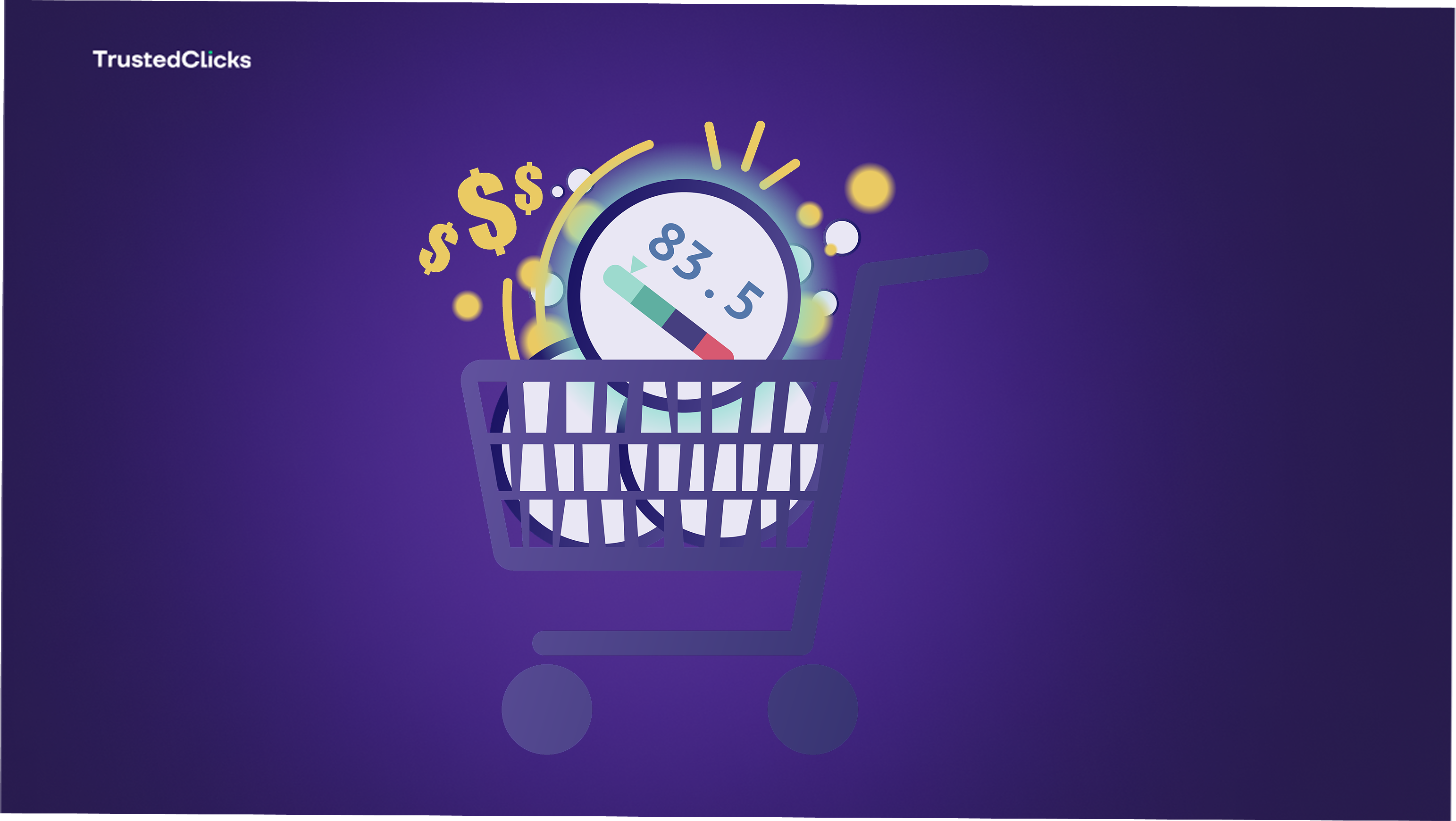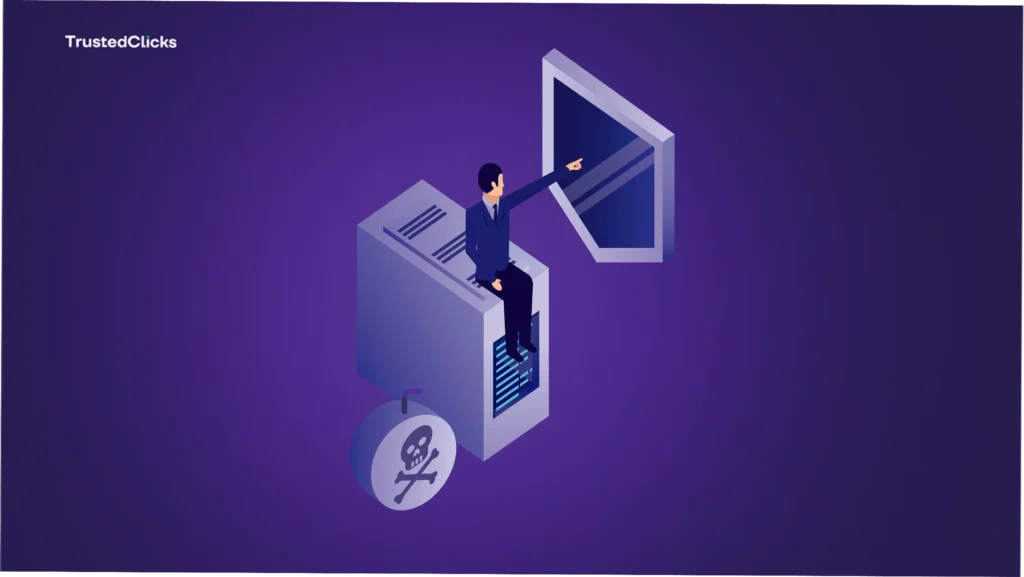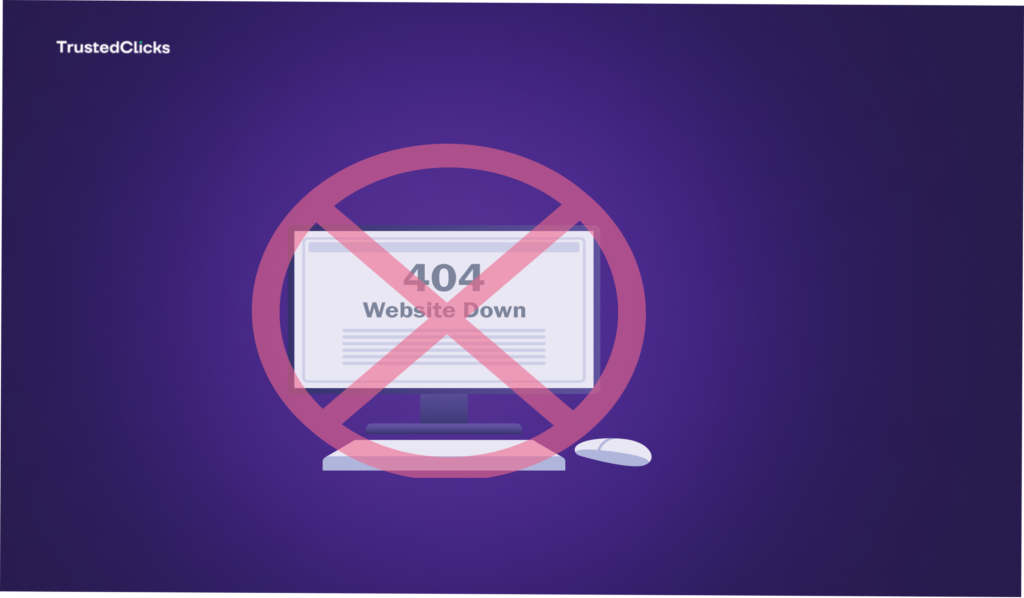- E-Commerce Security
Bot Detection in E-Commerce: Safeguard Your Business From Fraudulent Transactions


E-commerce has revolutionized the way people shop, offering convenience, accessibility, and a seamless buying experience. However, with its rapid expansion, it has also become a prime target for cybercriminals using automated bots to carry out fraudulent activities. These bots can exploit vulnerabilities, manipulate prices, perform credential stuffing, and engage in fraudulent transactions that can lead to financial losses and reputational damage. Implementing effective bot detection mechanisms is crucial to mitigate these risks and ensure a secure shopping environment.
For businesses operating in the digital commerce space, implementing robust bot detection mechanisms is essential to protect customers, prevent financial fraud, and maintain trust. In this article, we will explore the impact of malicious bots on e-commerce businesses, discuss detection techniques, and suggest strategies to safeguard your online store from fraudulent transactions.
Understanding Bots in E-Commerce
Bots are automated scripts or programs designed to perform specific tasks online. While some bots serve beneficial purposes, such as web crawlers used by search engines or chatbots that assist customers, malicious bots pose a significant threat to e-commerce businesses. These bots are programmed to carry out harmful activities, such as:
Account Takeover (ATO)
Cybercriminals use bots to perform credential stuffing attacks, where they test stolen username-password combinations to gain unauthorized access to customer accounts. Once an account is compromised, fraudsters can make unauthorized purchases, steal loyalty points, or extract sensitive customer information.
Carding and Payment Fraud
Bots execute automated transactions using stolen or fake credit card details. They rapidly test different combinations of card numbers, expiration dates, and CVVs to determine valid payment credentials. Once successful, they exploit these details for illicit purchases or resell them on the dark web.
Scalping and Inventory Hoarding
Scalper bots manipulate product availability by purchasing large quantities of high-demand items (such as limited-edition sneakers or concert tickets) within seconds of release. Fraudsters then resell these items at inflated prices, harming both the business and genuine customers.
Fake Account Creation
Bots generate bulk fake accounts to exploit sign-up bonuses, referral programs, and promotional discounts. These fake accounts dilute marketing efforts, impact customer acquisition costs, and contribute to fraudulent transactions.
Web Scraping and Data Theft
Bots scrape pricing data, product descriptions, and customer reviews from e-commerce sites, allowing competitors or fraudsters to undercut prices, manipulate reviews, or even resell stolen information.
Denial-of-Inventory Attacks
Bots add large quantities of items to shopping carts without completing the checkout process. This strategy prevents legitimate customers from making purchases and artificially inflates demand, leading to stock shortages and financial losses.
The Impact of Bot Fraud on E-Commerce Businesses
The consequences of bot-driven fraud extend beyond financial losses. Here’s how malicious bots can harm your business:
1. Revenue Loss
Fraudulent transactions lead to chargebacks and refunds, directly impacting your bottom line. Scalping bots reduce sales opportunities for genuine customers, leading to lost revenue and potential customer dissatisfaction.
2. Increased Operational Costs
Mitigating fraud requires investment in security tools, chargeback processing, and customer support teams. This increased burden can reduce operational efficiency and profitability.
3. Damage to Brand Reputation
If customers fall victim to fraud due to lax security measures on your platform, they may lose trust in your business. Negative reviews, social media backlash, and declining customer retention rates can severely impact brand reputation.
4. Compliance and Legal Risks
Regulatory bodies enforce strict data protection laws, such as the GDPR and PCI-DSS. Failing to safeguard customer data from bot-driven fraud can result in hefty fines and legal repercussions.
5. Skewed Business Analytics
Fake traffic and transactions generated by bots distort key business metrics, leading to misleading customer insights. This can affect marketing strategies, inventory management, and overall business decision-making.
How to Detect Bots in E-Commerce
Detecting bots requires a multi-layered approach that analyzes user behavior, network patterns, and transaction anomalies. Here are some key methods to identify bot activity:

1. Behavioral Analysis
Real customers exhibit unique browsing patterns, such as hesitations, scrolling behavior, and session durations. Bots, on the other hand, operate in predictable, repetitive ways. Behavioral analytics tools monitor user actions to detect suspicious activity.
2. CAPTCHA and Challenge-Response Tests
CAPTCHAs (Completely Automated Public Turing Test to Tell Computers and Humans Apart) require users to solve puzzles that are difficult for bots to bypass. Advanced techniques, such as reCAPTCHA v3, use risk scoring to challenge suspicious users without disrupting the user experience.
3. Device Fingerprinting
Device fingerprinting tracks attributes like browser type, OS, screen resolution, and plugins to uniquely identify users. If multiple transactions originate from the same fingerprint but different accounts, it could indicate bot activity.
4. Rate Limiting and Velocity Checks
Bot-driven attacks often involve high-speed interactions, such as multiple login attempts within seconds. Implementing rate limits and monitoring velocity thresholds can flag and block abnormal requests.
5. AI-Powered Fraud Detection
Machine learning algorithms analyze historical transaction data to identify patterns associated with bot activity. AI-driven fraud detection systems continuously adapt to emerging threats and reduce false positives.
6. IP Reputation and Geolocation Analysis
Bots frequently use proxies, VPNs, or compromised devices to disguise their locations. Identifying IP addresses with poor reputations or abnormal geolocation patterns helps in blocking fraudulent traffic.
7. Bot Traffic Monitoring Tools
Web application firewalls (WAFs), bot detection services (such as Cloudflare, PerimeterX, and Akamai), and SIEM (Security Information and Event Management) systems help monitor and mitigate bot-related threats in real time.
Best Practices to Safeguard E-Commerce Businesses From Bots
Implementing effective bot mitigation strategies ensures a secure shopping experience for customers while protecting business assets. Here are some best practices:
1. Multi-Layered Authentication
Enforce strong authentication measures such as two-factor authentication (2FA), biometric verification, and adaptive authentication to prevent account takeovers.
2. Implement Bot Management Solutions
Utilize specialized bot detection and management solutions to differentiate between legitimate users and automated threats.
3. Strengthen Payment Security
Adopt secure payment methods, such as tokenization, 3D Secure authentication, and fraud detection algorithms, to minimize the risk of transaction fraud.
4. Regular Security Audits
Conduct frequent security audits to identify vulnerabilities in your platform and update security protocols accordingly.
5. Educate Customers and Employees
Educate customers about cybersecurity best practices, such as using strong passwords and recognizing phishing attempts. Train employees to identify and respond to bot-related threats effectively.
6. Leverage AI and Machine Learning
Deploy AI-driven fraud detection tools that continuously learn from new attack patterns and automatically adjust defenses to evolving threats.
7. Block Known Malicious IPs and User Agents
Maintain an updated blacklist of malicious IP addresses, proxies, and known bot user agents to restrict their access to your website.
8. Monitor Traffic Patterns
Analyze website traffic to detect unusual spikes, abnormal request frequencies, and suspicious interactions that could indicate bot activity.
Frequently Asked Questions
What is a bot ?
A bot is a software application designed to operate autonomously and carry out specific tasks automatically. Many bots are created to replicate human behavior or to handle repetitive tasks, enabling them to execute these actions more quickly and accurately than human users. This automation allows for increased efficiency and productivity in various applications, from customer support to data processing. While bots can significantly enhance workflow, their use also raises concerns about misuse and the need for effective monitoring.
What is bot detection ?
Bot detection technology is aimed at differentiating between bots and real users, as well as identifying legitimate login attempts versus unauthorized requests
made by bots. Detection methods utilize engines and threat intelligence to identify bot activity and respond accordingly.
How do I know if I have bot traffic ?
One of the easiest and most effective methods to detect bot traffic is by implementing CAPTCHA on sign-up or download forms. This approach is especially beneficial in preventing download bots and spam submissions. By requiring users to complete a CAPTCHA, you can ensure that only genuine users can access your content or services. This not only helps filter out automated traffic but also enhances the overall security of your platform. Ultimately, using CAPTCHA is a straightforward way to safeguard against bot-related issues.
Final Words
The rise of automated bots presents a significant challenge for e-commerce businesses, threatening security, revenue, and customer trust. By implementing effective bot detection and mitigation strategies, businesses can safeguard themselves against fraudulent transactions and cyber threats.
Table of Contents
Join our community!
Subscribe to our newsletter for the latest updates, exclusive content, and more. Don’t miss out—sign up today!
Recent Posts

Secure and Optimize Your Online Operations with IP Tracking
- 3 mins read

Unsafe Proxies Are The Red Flags You Can’t Ignore
- 8 mins read

The Connection Between Malicious IPs and Botnet Attacks: How to Stay Safe
- 3 mins read



